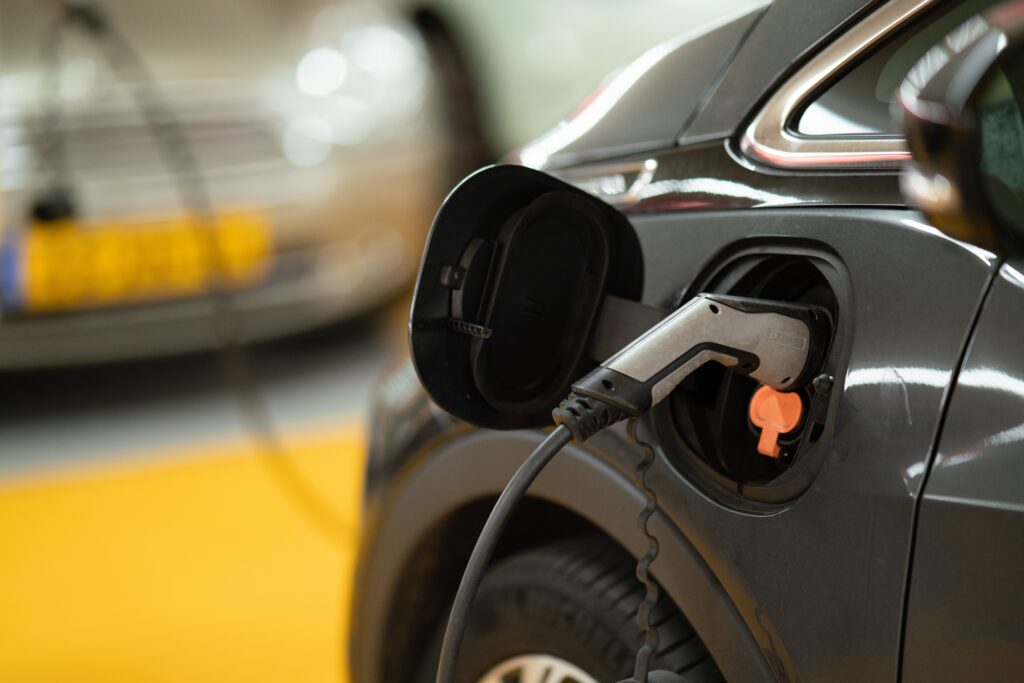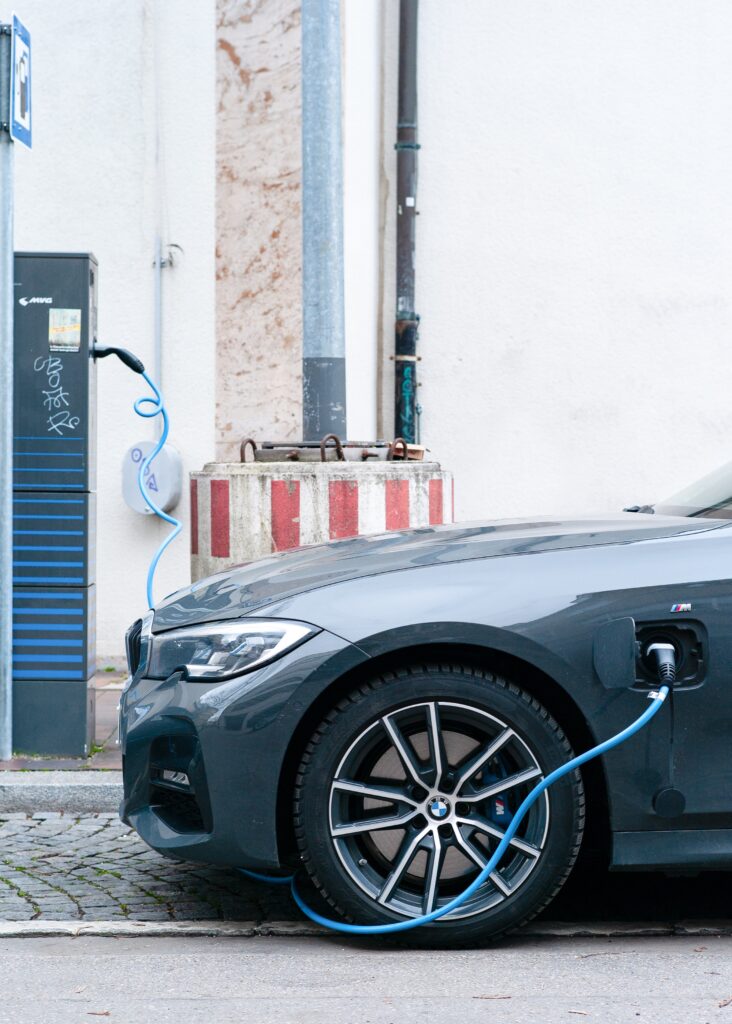So, you’ve gotten yourself an electric scooter and now you’re wondering how to charge it. Well, fret not, my friend, because I’ve got all the information you need right here. Charging electric scooters might seem like a daunting task at first, but it’s actually quite straightforward once you get the hang of it. In this article, we’ll walk you through the step-by-step process of charging your electric scooter, from finding the right charging port to maximizing its battery life. So grab a cup of coffee, and let’s get started on our journey to becoming an electric scooter charging guru.

Different Types of Electric Scooter Batteries
Lithium-ion Batteries
Lithium-ion batteries are the most common type of batteries used in electric scooters. They are known for their high energy density, lightweight design, and long lifespan. Lithium-ion batteries are also rechargeable and have a low self-discharge rate, meaning they retain their charge for longer periods of time. This makes them ideal for electric scooters as they provide a longer riding range and require less frequent charging compared to other battery types.
Sealed Lead Acid (SLA) Batteries
Sealed Lead Acid (SLA) batteries are another type of battery commonly used in electric scooters. They are more affordable than lithium-ion batteries but have a lower energy density and heavier weight. SLA batteries require regular maintenance, such as checking the water levels and ensuring proper ventilation. They also have a shorter lifespan compared to lithium-ion batteries and may need to be replaced more frequently.
Nickel-metal Hydride (NiMH) Batteries
Nickel-metal Hydride (NiMH) batteries were once a popular choice for electric scooters, but they have become less common due to their lower energy density and heavier weight compared to lithium-ion batteries. NiMH batteries also have a higher self-discharge rate, meaning they lose their charge more quickly when not in use. Despite these drawbacks, NiMH batteries can still be found in some electric scooters, especially in older models.
Understanding Battery Charging Requirements
Voltage and Current
When it comes to charging electric scooter batteries, it is essential to understand the requirements for voltage and current. Different battery types have different voltage and current specifications, and using the wrong charger can damage the battery or even pose a safety risk. It is crucial to refer to the manufacturer’s manual or consult a professional to ensure that you are using the correct charger for your electric scooter battery.
Charging Time
The charging time for electric scooter batteries varies depending on factors such as the battery capacity and the charger’s output. Typically, electric scooter batteries take several hours to fully charge. It is important to follow the recommended charging time provided by the manufacturer to avoid overcharging, which can degrade the battery and reduce its lifespan.
Safety Precautions
Read the Manufacturer’s Manual
Before charging your electric scooter battery, it is essential to read the manufacturer’s manual thoroughly. The manual provides important safety guidelines and specific instructions for charging your scooter’s battery. It will also outline any precautions or limitations that you need to be aware of to ensure safe and efficient charging.
Choose a Suitable Location
When charging your electric scooter, it is essential to choose a suitable location. Ideally, you should charge your scooter in a well-ventilated area away from flammable materials. Avoid charging your scooter near heat sources or in extreme temperatures, as this can affect the battery’s performance and safety.
Inspect the Charging Port
Before plugging in your electric scooter for charging, take a moment to inspect the charging port. Ensure that it is clean and free from any debris or obstructions. If the charging port appears damaged or defective, it is crucial to have it repaired or replaced by a professional before attempting to charge your scooter.
Use the Original Charger
Using the original charger that came with your electric scooter is highly recommended. The original charger is specifically designed to provide the correct voltage and current for your scooter’s battery. Using a different charger, especially one that is not compatible, can damage the battery and pose a safety risk. If you need to replace a charger, make sure to choose one that is approved by the manufacturer.
Charging Electric Scooters at Home
Plug-in Charging
The most common method of charging electric scooters at home is using a plug-in charger. Plug-in chargers typically have a cord that connects to the charging port of the scooter, and the other end plugs into a power outlet. Once connected, the charger will supply the required voltage and current to the battery, gradually charging it to full capacity. It is important to follow the recommended charging time and not overcharge the battery.
Battery Removal Charging
Some electric scooters have removable batteries that can be charged separately. This method allows you to charge the battery while leaving the scooter parked or in a different location. To charge a removable battery, simply detach it from the scooter and connect it to a compatible charger. This method provides convenience and flexibility, especially for users with limited access to power outlets.

Charging Electric Scooters on the Go
Public Charging Stations
Public charging stations for electric scooters are becoming increasingly common in urban areas. These stations allow scooter riders to conveniently charge their batteries while on the go. Public charging stations usually have multiple ports or slots where you can plug in your scooter. Some stations may require you to download a mobile application or utilize a membership system to access the charging service. It is important to familiarize yourself with the charging station’s guidelines and regulations before using them.
Portable Chargers
If you frequently ride your electric scooter and need a way to charge it while away from home or public charging stations, portable chargers can be a great solution. Portable chargers are compact and lightweight, allowing you to carry them with you and charge your scooter’s battery wherever you have access to a power outlet. These chargers typically have different charging ports to accommodate various electric scooter models. However, it is important to choose a portable charger that matches your scooter’s voltage and current requirements to ensure safe and efficient charging.
Tips for Faster Charging
Use a Fast Charger
To reduce the charging time of your electric scooter battery, consider using a fast charger if it is compatible with your scooter’s battery. Fast chargers have higher output capabilities, allowing them to supply more voltage and current to the battery, resulting in faster charging times. However, it is crucial to refer to the manufacturer’s recommendations and ensure that your scooter’s battery can handle fast charging without being damaged.
Avoid Overcharging
While it may be tempting to leave your electric scooter plugged in for an extended period to ensure a full charge, overcharging can have adverse effects on the battery’s lifespan. Most modern electric scooters have built-in charging protection systems that automatically stop the charging process when the battery reaches its full capacity. However, it is still important to monitor the charging process and unplug the charger once the battery is fully charged to avoid overcharging.
Keep the Battery Cool
Heat can negatively impact the performance and lifespan of electric scooter batteries. To facilitate faster charging, it is recommended to keep the battery cool during the charging process. Avoid charging the scooter in direct sunlight or in hot environments. If possible, charge the scooter in a shaded area or a well-ventilated room to maintain a cooler temperature and prevent overheating of the battery.

Maintaining Battery Life
Avoid Full Discharges
While it may not always be possible, it is best to avoid fully discharging your electric scooter battery. Lithium-ion batteries, in particular, tend to perform better and have a longer lifespan when they are not fully depleted. Partial discharges, generally between 20% and 80%, help to maintain the battery’s overall health and maximize its lifespan. Charging the battery before it reaches a critically low level is recommended to prevent deep discharges.
Regularly Charge the Battery
Regularly charging your electric scooter battery, even if you haven’t used the scooter, helps to maintain its overall health. If the scooter is not being used for an extended period, such as during the winter months, it is still important to periodically charge the battery to prevent self-discharge and ensure it remains in good condition. Following the manufacturer’s recommendations for regular charging intervals can help extend the battery’s lifespan.
Store Batteries Properly
If you need to store your electric scooter battery for a prolonged period, it is crucial to store it properly to prevent degradation and maximize its lifespan. Ideally, the battery should be stored in a cool and dry place, away from direct sunlight and extreme temperatures. Before storing, ensure that the battery’s charge level is around 50% to 70%, as storing a fully charged or fully discharged battery for an extended period can lead to capacity loss.
Common Charging Problems and Solutions
Battery Not Charging
If your electric scooter battery is not charging, there may be several potential causes. First, ensure that the charger is properly connected to the scooter’s charging port and that there are no obstructions or loose connections. If the charger and connections are secure, check if the charger’s LED indicator is lit, indicating that it is receiving power. If the charger appears to be functioning correctly, the issue may lie with the battery or charging circuitry, and professional assistance may be required.
Charging Takes Longer than Usual
If your electric scooter battery is taking longer than usual to charge, there could be a few reasons. Firstly, check if the charging port is clean and free from debris. A dirty or damaged charging port can impede the charging process. Additionally, ensure that you are using the correct charger with the appropriate voltage and current for your battery. If the issue persists, it could indicate a problem with the battery or charger, and it may be necessary to consult a professional for further diagnostics.
Charger Malfunction
In some cases, the charger itself may be faulty or malfunctioning, preventing proper charging of the electric scooter battery. If the charger’s LED indicator does not light up when plugged in, or if it flickers intermittently, there may be an issue with the charger. It is recommended to try using a different charger, preferably an original charger approved by the manufacturer, to determine if the problem lies with the charger or the battery.
Charging Safety and Precautions
Use the Correct Charger
Using the correct charger for your electric scooter battery is crucial for safety. Using an incompatible charger can pose a risk of overheating, short-circuiting, or damaging the battery. Always refer to the manufacturer’s recommendations and use the charger specifically designed for your scooter’s battery. If you need to replace a charger, ensure it is approved by the manufacturer and matches the required voltage and current specifications.
Avoid Water Exposure
Electric scooter batteries and charging ports should be kept dry to prevent damage and ensure safe charging. Water exposure can cause short circuits and corrosion, posing a safety risk. Avoid charging your electric scooter in rainy or wet conditions and store the scooter and charger in a dry place when not in use.
Don’t Overcharge
Overcharging electric scooter batteries can lead to decreased battery life and potential safety hazards. To prevent overcharging, it is important to unplug the charger once the battery is fully charged. Most modern electric scooters have built-in charging protection systems that automatically stop the charging process when the battery reaches its full capacity. However, it is still important to monitor the charging process and prevent overcharging.
Don’t Leave Unattended While Charging
While charging your electric scooter, it is advisable not to leave it unattended. Although the chances of a charging-related incident occurring are low, it is always better to err on the side of caution. Monitoring the charging process allows you to quickly respond to any potential issues or abnormalities and ensures that the charging process goes smoothly and safely.
Understanding Battery Levels and Indicators
Battery Status LED
Many electric scooters come equipped with a battery status LED indicator, which provides information about the battery’s charge level. These indicators typically display different colors or patterns to indicate the battery’s current state. Green or steady lights generally indicate a full or near-full charge, while flashing lights or red lights may indicate a low battery level that requires charging. It is important to familiarize yourself with your scooter’s specific LED indicator pattern and refer to the manufacturer’s manual for detailed information.
Battery Management Systems (BMS)
Some electric scooter batteries are equipped with built-in Battery Management Systems (BMS). A BMS is a device that monitors and manages the battery’s performance, ensuring optimal charging and discharging processes. BMSs help to protect the battery from overcharging, over-discharging, and other potential issues. They may also provide additional features such as low-voltage protection and thermal protection. BMSs play a crucial role in maintaining the overall health and safety of the electric scooter battery.
In conclusion, understanding the different types of electric scooter batteries, their charging requirements, and following safety precautions are essential for efficient and safe charging. Whether charging at home or on the go, selecting the correct charger and following recommended charging times can help extend the battery’s lifespan. Regular maintenance and proper storage techniques can also contribute to maintaining battery health. By being aware of common charging problems and adhering to safety guidelines, you can ensure a smooth and reliable charging experience for your electric scooter battery.




